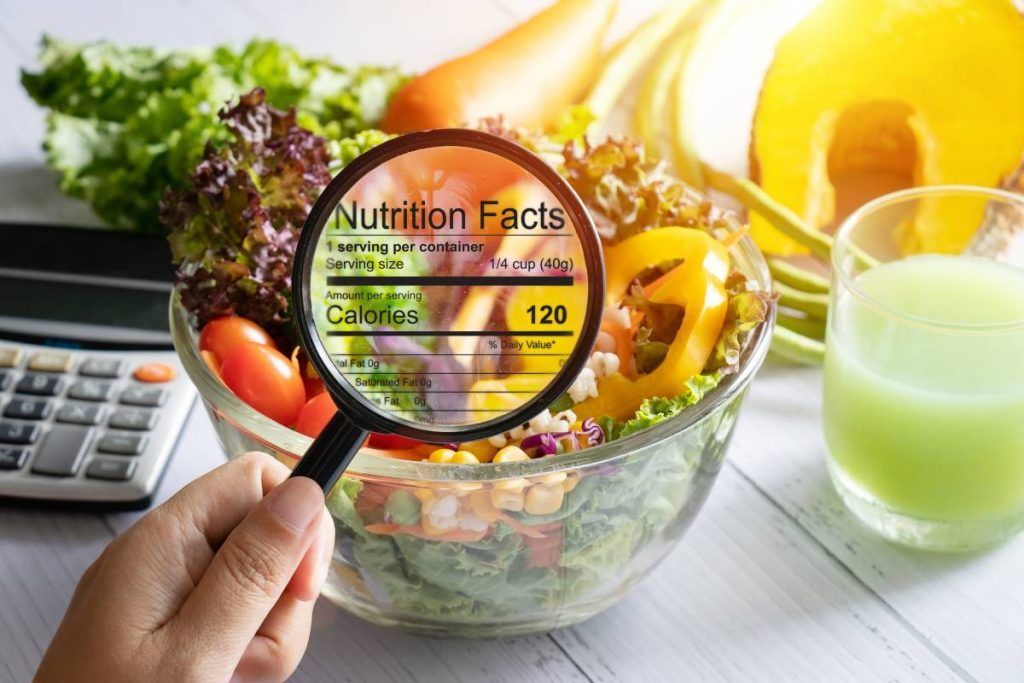
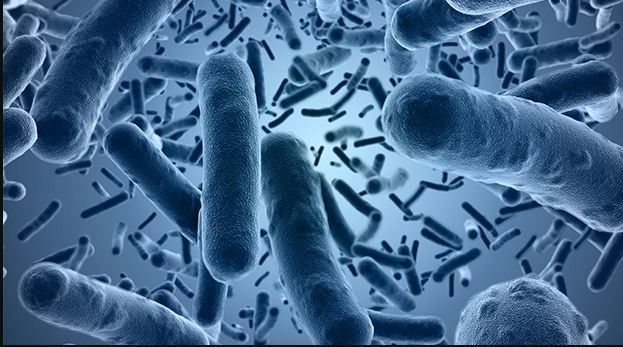


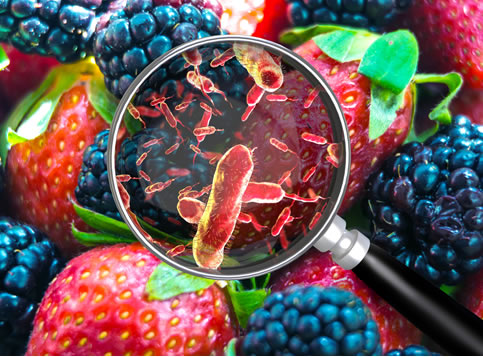
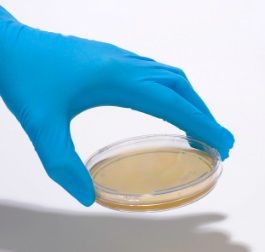
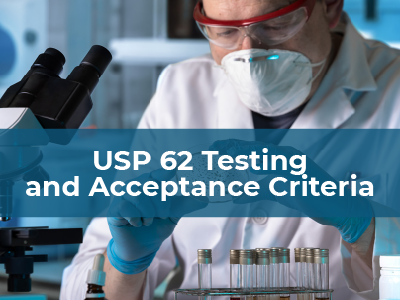
Cleanrooms are a fascinating and critical aspect of modern industries that require precise and contamination free environments. These controlled spaces play a pivotal role in various sectors, ranging from pharmaceutical and biotechnology to electronics and aerospace.
In this post, we will delve into the world of cleanrooms in pharmaceutical and biotechnology, exploiting their definition, importance, and the technologies that ensure the highest standards of cleanliness.
At its core, a cleanroom is a controlled carefully engineered space with stringent regulations for minimizing airborne particulates, pollutants and microbial contaminants. They are customized to meet standards specific to the product and the industry.
Cleanrooms are designed to maintain specific cleanliness and temperature conditions, ensuring the production of high-quality products and accurate research results. These spaces are constructed to have limited entry points, specialized air filtration systems, and controlled air pressure differential to prevent the influx of contaminants from the outside environment.
Cleanrooms are classified based on their levels of cleanliness and adherence to specific industry standards. The classification system is defined by the international Organization for Standardization (ISO) denoted by a numeric value. The lower the ISO number, the cleaner the cleanroom. The most common
types of cleanrooms are:
ISO Class 1-3: Ultra-Clean Cleanrooms, they have the strictest requirements for cleanliness. These cleanrooms are used in industries that demand extremely low levels of airborne particles, such as semiconductor manufacturing, nanotechnology, and biotechnology research.
ISO Class 4-5: High-Clean Cleanrooms, they maintain a high level of cleanliness and are employed in industries like pharmaceutical manufacturing, aerospace and advanced electronics assembly.
ISO Class 6-7: Standard-Clean Cleanrooms have slightly relaxed cleanliness standards compared to the higher classes. They find application in industries like medical device manufacturing, automotive assembly and optical components production.
ISO Class 8: Controlled Environment, they are considered a controlled environment rather than a true cleanroom because they have higher levels of airborne particles but still maintain controlled conditions. They are utilized in industries like food processing, certain research applications, and some aspects of healthcare.
Cleanrooms are indispensable in industries where precision and purity are paramount. They serve as the backbone for critical processes that require meticulous contamination control.
High Efficiency particulate air HEPA and Ultra-low Penetration air (ULPA) filters are crucial components in cleanroom ventilation systems. These filters capture and remove airborne particles, ensuring a controlled environment with limited contaminations.
Personnel entering cleanrooms must follow strict
gowning procedures, wearing specialized garments and PPE to prevent shedding of contaminants and maintaining a high level of cleanliness.
Cleanrooms are subject to continuous
environmental monitoring to ensure compliance with defined cleanliness levels. Regular testing of airborne particles, microbial counts and temperature and humidity control is essential for quality assurance.
In pharmaceuticals and biotechnology, these controlled environments play a pivotal role in drug manufacturing, sterile compounding, advanced cell culture, and groundbreaking research and development. The significance of cleanrooms lies in their ability to create controlled environments that inspire innovation, protect patient health, and elevate the standards of modern medicine. As cleanrooms continue to advance, the future of pharmaceuticals and biotechnology shines brighter, offering a path to safer, more effective, and personalized treatments for patients worldwide.
For companies and institutions seeking
reliable cleanroom environmental monitoring services, Sure BioChem Laboratory is your trusted partner. With our expertise in chemical testing and analysis, we offer comprehensive solutions for cleanroom validation, routine monitoring, and compliance with industry standards.







Interested in Working with
Sure-BioChem Laboratories
Sure-BioChem Laboratories offers top-notch analytical testing for various industries. Our advanced lab and expert team ensure reliable, quality results. We're committed to excellence, helping clients meet high standards in environmental, food, and pharmaceutical testing.
Headquarters:
1000 Atlantic Avenue
Camden, NJ 08104
PHONE: 888-398-7247
Main Menu